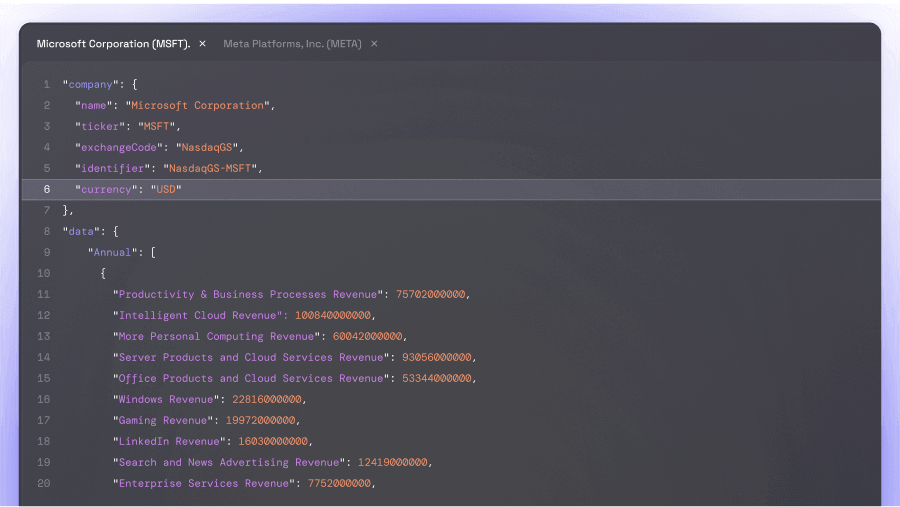AI
The Revolution of AI Robots: Why the Future Comes from Asia
Asian tech companies are going beyond chatbots and focusing on physical AI robots.

The future of artificial intelligence has reached a new dimension. In Asian technology centers, a clear trend is emerging: The next wave of AI development is leaving the purely digital realm and entering the physical world. Asian tech giants like Nvidia, Sony, and Fujitsu are leading this transformation – and the impact could be revolutionary.
The next wave of AI is physical AI," declared Jensen Huang, CEO of Nvidia, at a conference in Taipei. "The age of robotics has begun." In fact, the numbers speak for themselves: According to Citigroup Inc., by 2035, 1.3 billion AI robots could be in use globally—by 2050 even 4 billion. And the lion's share of these innovations will come from Asia.
Asia's Hardware Advantage
Although the USA leads in AI software development, Asia is ahead in terms of hardware. In the last 20 years, an incredible 78% of all robot patents worldwide were attributed to China, while Japan and South Korea together contributed 12%. By comparison, the USA accounted for just 3%.
This dominance is no coincidence. In China, AI and robotics are top priorities in government innovation policy. Subsidies and targeted support drive development forward.
Japan and South Korea, on the other hand, rely on specific applications: In Japan, for example, robotics plays a crucial role in dealing with the aging population. AI-powered caregiver robots and automated systems alleviate the shrinking workforce and ensure economic stability.
From Science Fiction Dream to Reality
Even today, there are impressive examples of physical AI applications in Asia. A start-up from Shenzhen has developed an AI-controlled robot that prepares meals, while Fujitsu Ltd. in Japan has introduced an AI that teaches traditional Noh theater techniques – an ancient art form that is endangered.
History also provides exciting examples: In 1999, Sony launched the first robot for the mass market with the Aibo dog. And it is precisely this combination of technological know-how and pragmatism that could give Asia the decisive advantage this time as well.
Robotics: Opportunity or Challenge?
However, robotics does not remain without controversy. In Western societies, there is a prevailing concern that automation could destroy jobs. In Asia, however, the technology is often seen as a necessary response to demographic and structural challenges.
Despite this openness, there are also critical voices. Studies show that robots in elderly care often do not bring the anticipated relief. Instead, more humane approaches, such as a more liberal immigration policy, could offer more effective solutions. Nevertheless, the enthusiasm for practical and realistic AI applications remains unbroken.
Softbank's Vision: Intelligence Meets Muscle
Masayoshi Son, the founder of the Softbank Group, aptly summarized the future perspective: "As my favorite cartoon Astroboy shows, muscle power alone is not enough - it requires intelligence." With this approach, Softbank is driving the development of smart robots that are to prove themselves in the real world.
The conclusion? Practice decides.
While Western reports often tend to exaggerate the role of robots in Asia, a differentiated picture emerges: It is the combination of technological progress, cultural openness, and pragmatic applications that could catapult Asia to the forefront of the next AI revolution. And while the USA continues to drive software, one thing is clear: The next generation of AI robots will not come from Silicon Valley – but from Tokyo, Seoul, and Shenzhen.






